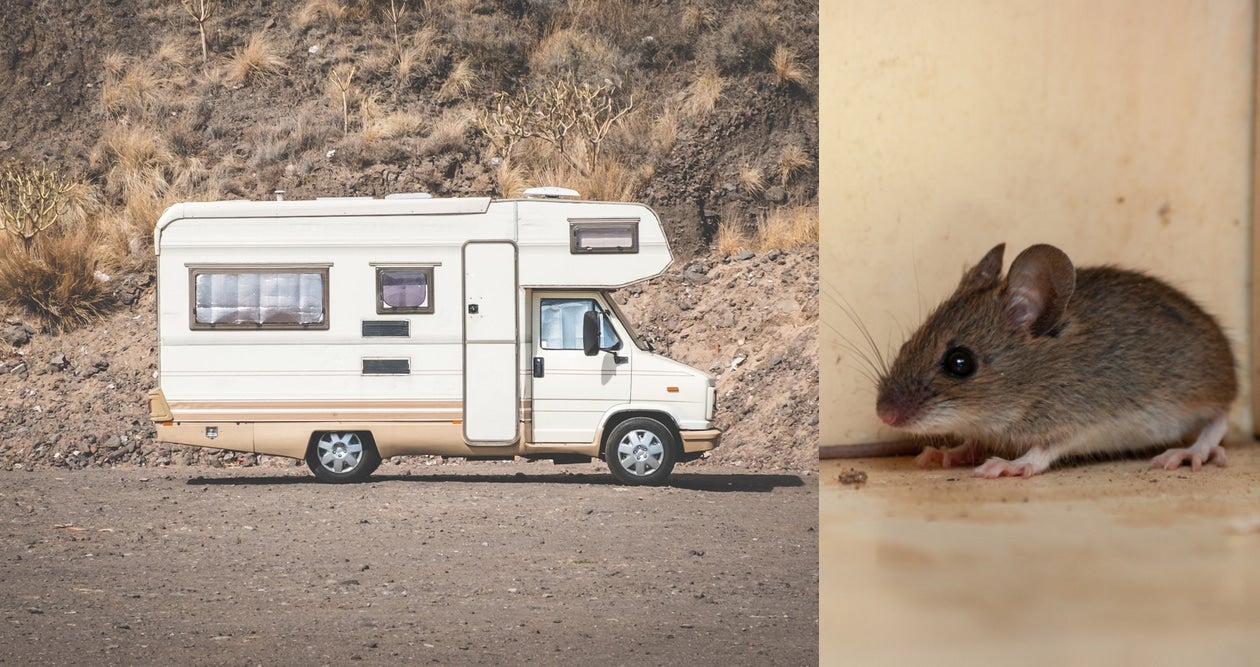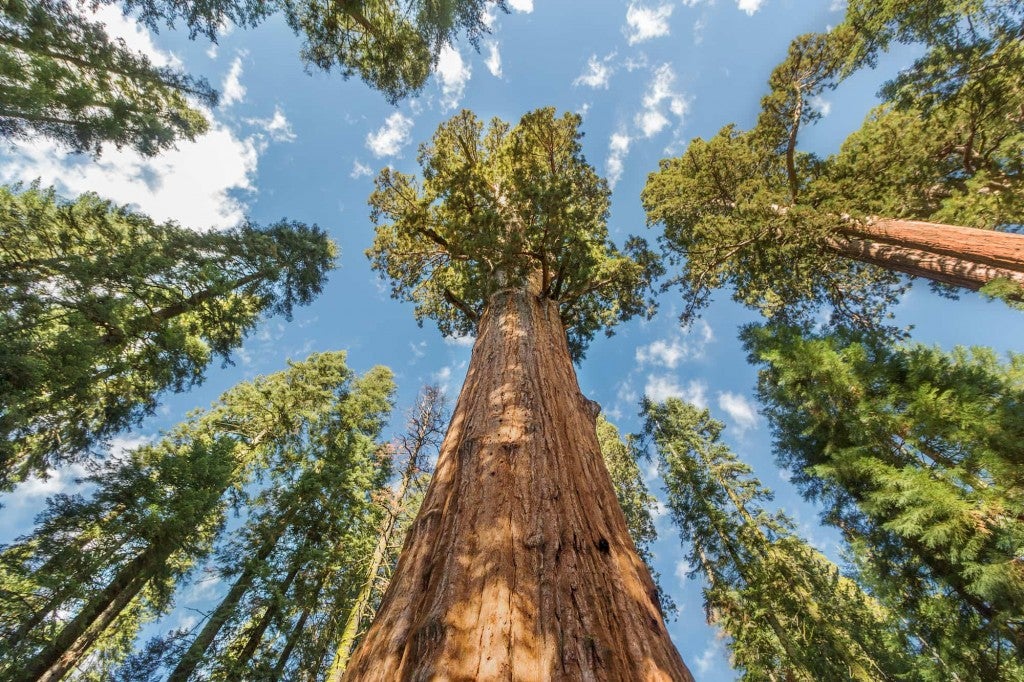One day you notice it: a few droppings on the countertop, a small hole in a seat cushion with the stuffing pulled through. You’ve got mice, and those little critters can cause some major damage to your camper. Mice can destroy a camper and will chew through almost anything, including wires and plastic and rubber lines, which can cause serious and expensive damage.
Whether you’re rocking a brand new campervan conversion or a vintage Class B motorhome, any camper can fall victim to the intrusion of mice.
It can be a constant battle to keep mice out of a camper. They’re small enough to squeeze through an opening the size of a dime, so almost invisible cracks and holes in the exterior of your camper can be welcoming entrances to these little rodents.
How to Keep Mice Out Of a Camper
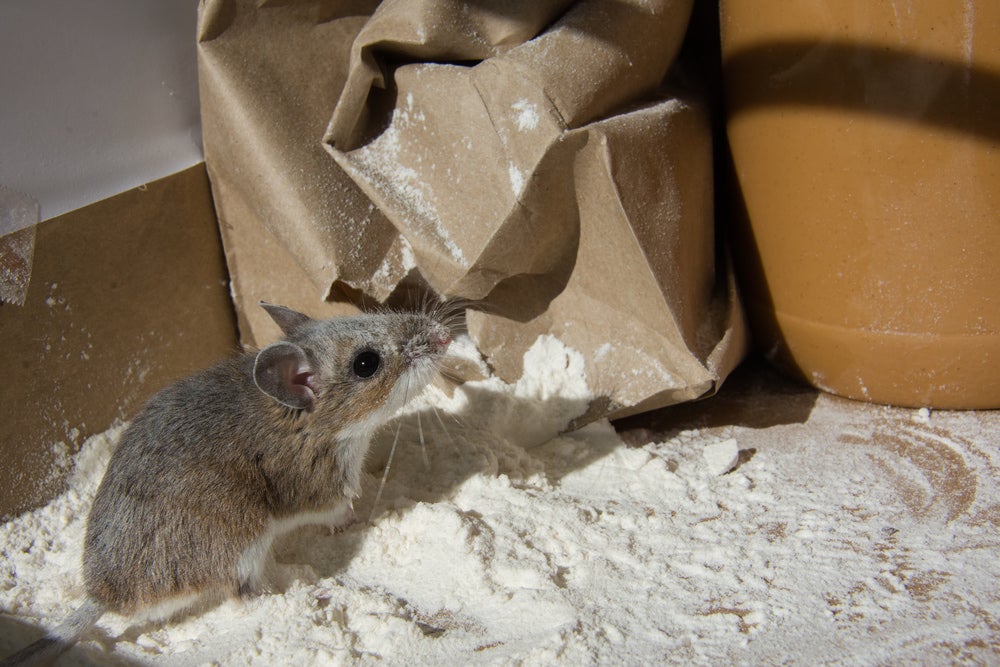
Mice especially enjoy moving into your camper during the winter months when your camper may be unoccupied, giving them free range to roam and a warm, dry spot to settle down during the cold season.
But mice don’t have to ruin your camping trip—or your camper. Here are some camper-approved tricks to keep mice out of your home-on-wheels. And if you’re looking for help planning your trip – we recommend The Dyrt PRO, which allows you to downloaded maps and campgrounds to use offline.
1. Examine Your Camper and Identify Potential Entry Points
The first step to keeping mice out of your camper is to figure out how they might get in in the first place. This step is going to require some elbow grease, but will pay off in the long run.
Crawl under your camper and see if you can spot any holes that mice may be able to enter. Focus on areas where pipes and wires enter the camper. Once you’ve done that, inspect the exterior of your camper. Are there gaps around your camper door or windows? Are there entry points in your plumbing or electrical panels? If you have an RV, pop the hood and look for any holes that would make good entryways for mice.
Finally, head inside of your camper and take a look around. It’s best to do this on a sunny day when it’s easier to spot light streaming through holes that shouldn’t be there. If your camper has a “basement” storage area, check it for any entry points. Make sure to check the back of cabinets and drawers, too. You never know when a port of entry is hiding behind a row of canned goods.
Prepare for your RV/Camper/Trailer trip by downloading maps. The Dyrt PRO lets you download maps and campgrounds without cell service. “My alternative to using pro would be to drive back out to cell service.”
2. Seal all cracks and gaps with expanding spray foam or caulk
Once you’ve done your inspection the next step is to seal all possible entryways you identified with spray foam, caulk, or a wire mesh.
This includes cracks around doors, cracks around plumbing, gaps in the pop-out or pullout sections of your camper, gaps in the floor, and any gaps that you find in the access panels for plumbing and electrical or the dumping station compartment.
3. After your camping trip, make sure to clean out your camper properly
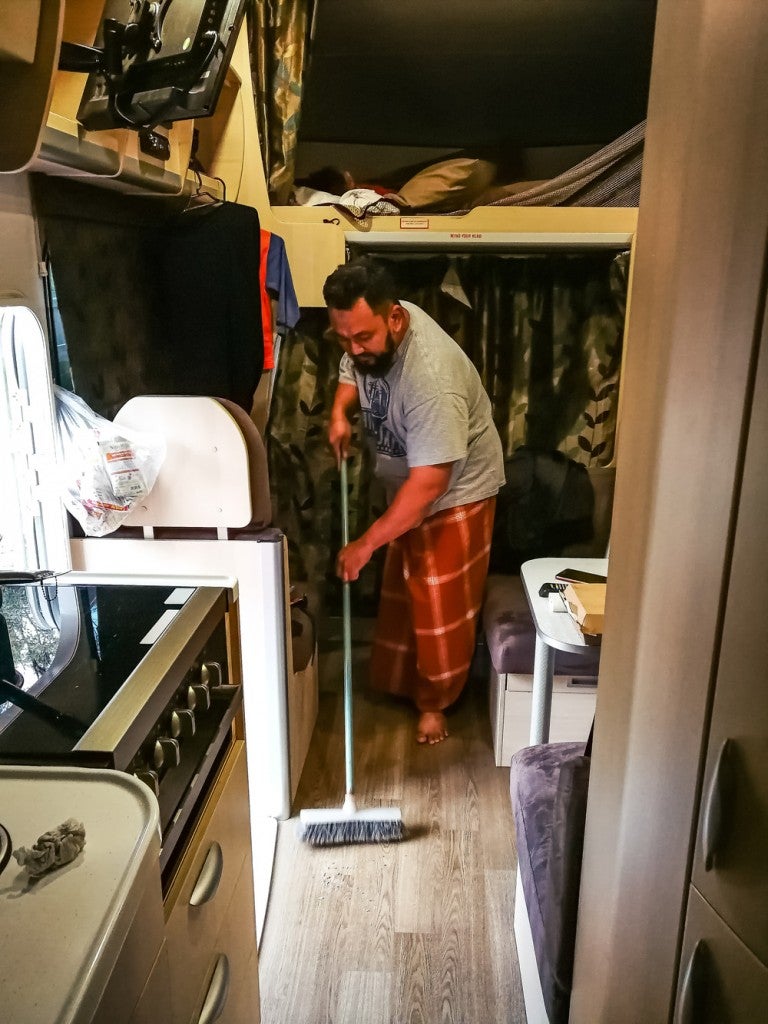
If you’ll be storing your camper for any amount of time, food items should not be kept inside. This includes condiments and non-perishable food. And don’t think that you can pack the food into plastic bins to keep them safe. Mice can (and will!) easily chew their way through a plastic bin to reach food. Aside from canned goods, there are no food items that should have a permanent home in your camper. Clean it all out when you pack up for the season.
Likewise, every time a camping trip concludes, make sure you thoroughly clean up any crumbs, spills or sticky spots in your camper—including in the microwave and refrigerator. If you live in your camper full time, you’ll need to do this regularly.
Consider establishing a schedule that will keep you on top of regular cleanings. Mice are great scavengers and will happily fill their bellies with crumbs left behind on cushions and on countertops.
4. No, really. Make sure your camper is clean
It’s not just the obvious places where crumbs accumulate, especially if you’re camping with kids. If your camper has a pull out couch, make sure you inspect all nooks and crannies, including underneath the couch. The same goes for all cushioned chairs in your camper. Remove and clean underneath all cushions and sweep and vacuum all surfaces.
If you have young children it pays to get down on your hands and knees to survey for spots where they may have left food. Only once you’ve done all of that should you consider your camper ready to store.
5. Store your camper on a hard surface
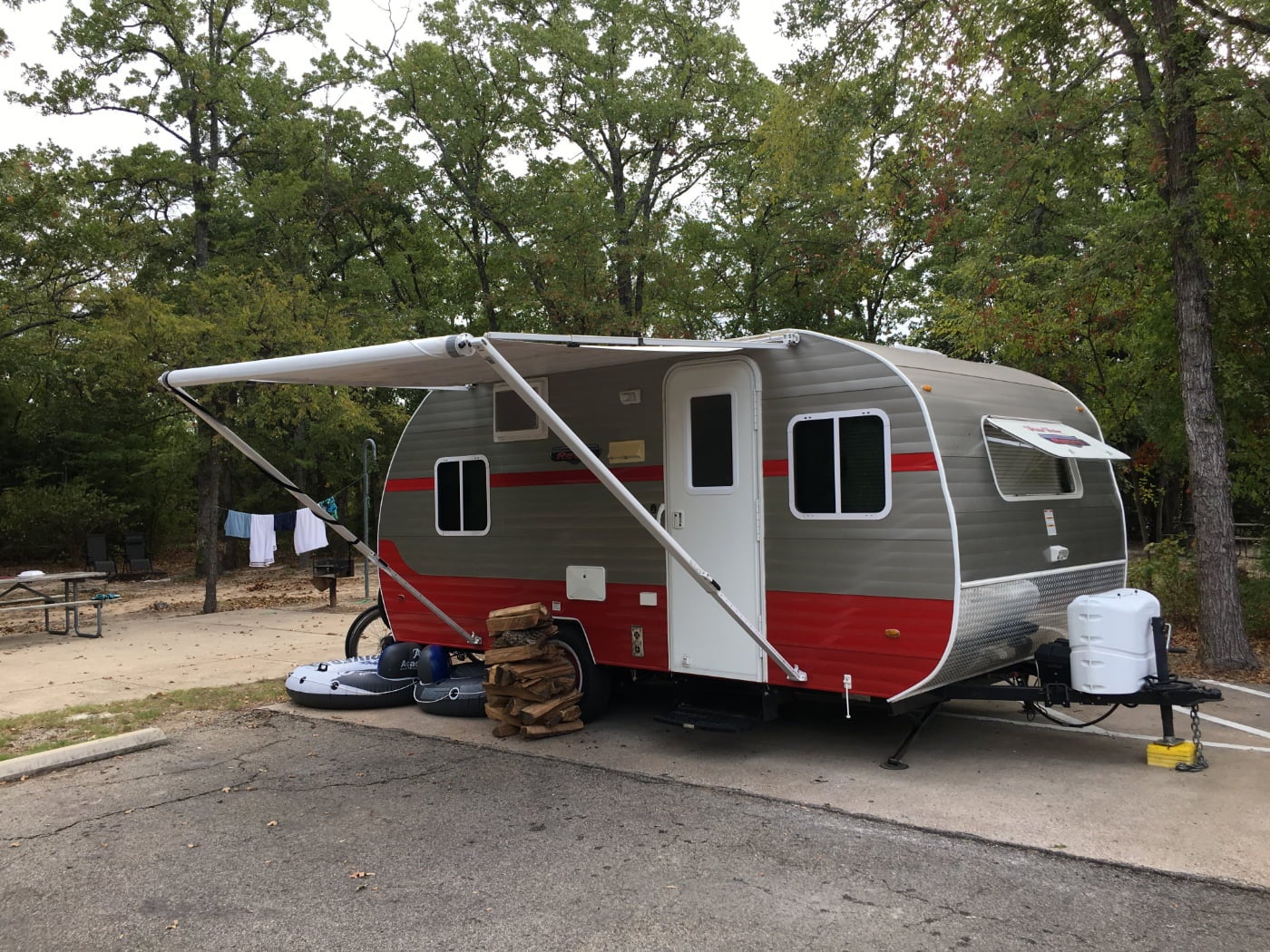
Image from The Dyrt camper Robert P.
If possible, don’t store your camper in grassy or wooded areas where mice are likely to roam. Parking your camper on a hard, paved surface with a buffer of pavement between your camper and the grass and trees is ideal. It’s also important to check on your camper often while it is in storage. If you find any evidence of rodents, you’ll be able to act immediately.
6. Consider using a mouse repellent
Many campers swear by homemade mouse repellents to keep the rodents at bay. Cotton balls soaked in peppermint oil placed in the openings around the camper is one tried-and-true method, as well as placing Irish spring soap, dryer sheets, or moth balls at possible points of entry.
Mice hate strong smells, so those pungent odors scare them off. It’s also helpful to remember that cats are pretty great at keeping a camper mice-free. Some campers also favor rodent repellents such as Fresh Cab and wall plug-in repellents that release ultrasonic noise.
7. Of course, there are always mouse traps
Depending on how far you want to go to keep mice out of your camper, you can preemptively set mouse traps to catch the critters should they wander in. Live traps are a humane way to catch mice, but they need to be checked once a day so that trapped mice can be released.
Remember to release mice far enough away that they won’t immediately find their way back into your camper again.
Related Campgrounds:
- Lake Tawakoni Camping, Wills Point, TX
Popular Articles:
Articles on The Dyrt Magazine may contain links to affiliate websites. The Dyrt receives an affiliate commission for any purchases made by using such links at no additional cost to you the consumer.

